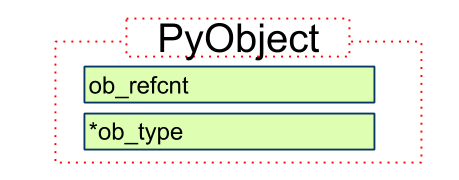python实现人民币大写转换
本文实例为大家分享了python实现人民币大写转换的具体代码,供大家参考,具体内容如下
#!/usr/bin/python
# -*- coding:utf-8 -*-
# ********* 转换方法介绍 *********
# 将需要转换的数字从右向左,每4位分成一个section,如:24530467103,将该数字拆分后,得到:
# 245 3046 7103 (245亿3046万7103)
# 对拆分后的数字先按照section进行数字到汉字的转换,然后添加数值单位,如:仟,佰,拾,处理结束后可以得到转换后的序列。
# 对section处理结束后,再对每个section进行单位的追加。如:兆、亿、万。
# 这里需要注意一些特殊情况,如:section中连续出现0,最后一个数字为0等。
DEBUG = True
upper = ["零", "壹", "贰", "叁", "肆", "伍", "陆", "柒", "捌", "玖"]
decimal_unit = ["角", "分", "厘", "毫"]
section_unit = ["万", "亿", "兆"]
count_unit = ["拾", "佰", "仟"]
def dbg_print(s):
if DEBUG:
print(s)
def split_num(num):
num_list = []
if (len(num) <= 4):
num_list.append(num)
return num_list
while (len(num)):
if (len(num) <= 4):
num_list.append(num)
num_list.reverse()
return num_list
sec = num[-4:]
num_list.append(sec)
num = num[:-4]
# 处理小数部分,只支持4位,多于4位,四舍五入。
def convert_dec(num):
result = ""
count = 0
dbg_print(num)
for i in num:
n = int(i)
if (0 != n):
result += upper[n]
result += decimal_unit[count]
count += 1
dbg_print(result)
return result
# 处理整数部分
def convert_int(num):
section_list = split_num(num)
dbg_print(num)
dbg_print(section_list)
result = ""
sec_index = len(section_list) - 2
for item in section_list:
index = len(item) - 2
# 统计连续出现的数字0的个数。
flag = 0
# 计算遍历过的item中的字符数。
count = 0
# 对每个section进行处理,得到数字对应的汉字。
for i in item:
n = int(i)
if (0 == n):
flag += 1
else:
flag = 0
# 用来区分section的最后一位为0的情况
if (count != len(item)-1):
# 该位置的数字为0,并且它的下一个数字非0。
if ((flag >= 1) and ('0' != item[count+1])):
result += upper[n]
else (0 != n):
result += upper[n]
else:
# section的最后一个数字非0的情况。
if (0 != n):
result += upper[n]
# 最后一个数字以及数字为0时,都不需要添加单位。
if ((index >= 0) and (0 != n)):
result += count_unit[index]
index += 1
count += 1
从第1个section开始,如果section中的数字不全为0,其后就需要添加section对应的单位。
if (sec_index >= 0 and flag != count):
result += section_unit[sec_index]
dbg_print(result)
sec_index -= 1
result = result.replace("壹拾", "拾")
result += "元"
return result
# 转换函数
def convert(num):
result = ""
num = round(float(num), 4)
integer,decimal = str(num).split('.')
result_int = convert_int(integer)
result_dec = convert_dec(decimal)
if (len(result_dec) == 0):
result = result_int += "整"
else:
result = result_int + result_dec
return result
以上就是本文的全部内容,希望对大家的学习有所帮助,也希望大家多多支持【听图阁-专注于Python设计】。

